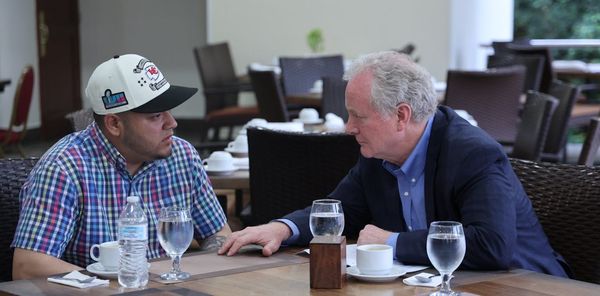The Karnataka government recently proposed to charge 18% GST on parathas, as against 5% on rotis. Both are flat breads, though a paratha is an interleaved one, cooked with ghee and often a filling.
My mind goes back to 1970, when some colleagues and I went to Madurai to attend a week-long symposium. The organisers served good southern fare. After two or three days, some north Indians like me felt the urge to eat parathas.
Not the same
A nearby restaurant was passing off deep-fried chapatis as parathas, which we rejected. North Indian dishes had not found a foothold in South India then. We asked a cycle-rickshaw man to take us to a Punjabi restaurant. He took us about 3 km, and pointed to a first floor restaurant. It turned out to be a Gujarati restaurant. We took dinner there all the same, having no choice.
We Punjabis consider parathas an integral part of a sumptuous meal. And there is a wide choice of fillings — methi, aloo, mooli, onion and so on, each finely chopped and mixed with the dough and cooked using generous amounts of ghee or butter. Ashutosh, my nephew from Delhi, likes a paratha having a layer of sugar grains inside, which should remain crunchy while eating. Obviously, this meetha paratha needs some skill to make over low heat, avoiding overcooking, lest it melts the hidden layer of sugar.
In the mid-1960s, a small dhaba just outside the boundary wall of Satpura Hostel of IIT- Delhi would offer hungry students a nutritious “omelette paratha”, which was unique since looking from one side it was a round omelet, but the obverse presented a buttered chapati.
Droves of north Indian students would take admissions in Karnataka in the 1990s to graduate in private professional colleges. My nephew Manu from Patiala and his hostel-mates in a dental college in Davanagere would often hire an autorickshaw to go to a dhaba 10 km away, to eat parathas when they felt homesick for Punjabi food.
Parathas have now gained popularity across India, and even in places such as Birmingham and Toronto.
Many attribute the girth of Punjabis to the parathas they eat. In 1960, my maternal aunt invented what is called a khushq paratha so that her daughter would not turn obese. It just had the shape and interleaving, but no ghee was used in making it; hence the name khushq.
ya_kmi@yahoo.com







